Lately, I’ve been meditating on the essence of femininity and girlhood, tracing its delicate threads through timeless classics like Little Women and Pride & Prejudice. These narratives of sisters and friends, of young women shaping their own destinies, are imbued with a magical quality. They brim with creativity, intuition, and a profound emotional truth. This brings to mind the concept of the “divine feminine,”1 that sacred energy imbued with nurturing, empathy, and collaboration. It’s a force that transcends gender, resonating within the core of every human spirit.
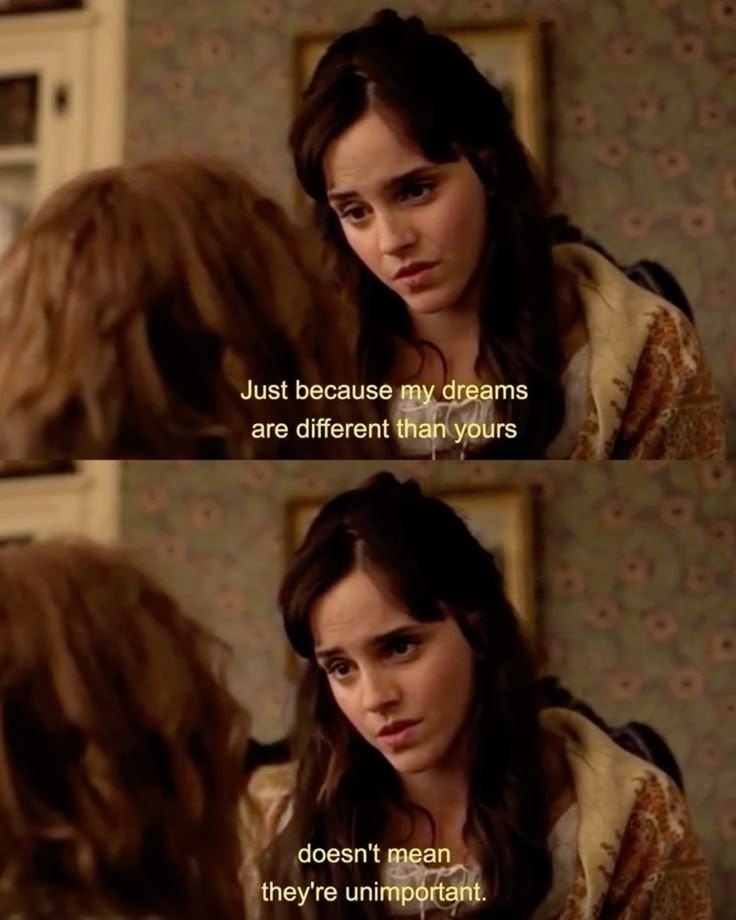 Scene from the movie adaptation of the book, Little Women.
Scene from the movie adaptation of the book, Little Women.
This brought me to reflect on how our culture often favors “masculine”2 traits, overvaluing competition, efficiency, and tangible results, while downplaying, or undervaluing, the “feminine” side of caring, creativity, and collaboration. It seems as though we are collectively nudged to sideline our intuitive, right-brain inclinations in favor of the logical and structured left-brain approaches. Of course, logic and structure are crucial, but my wish is for a society that embraces a more harmonious balance, one that equally cherishes both sets of qualities.
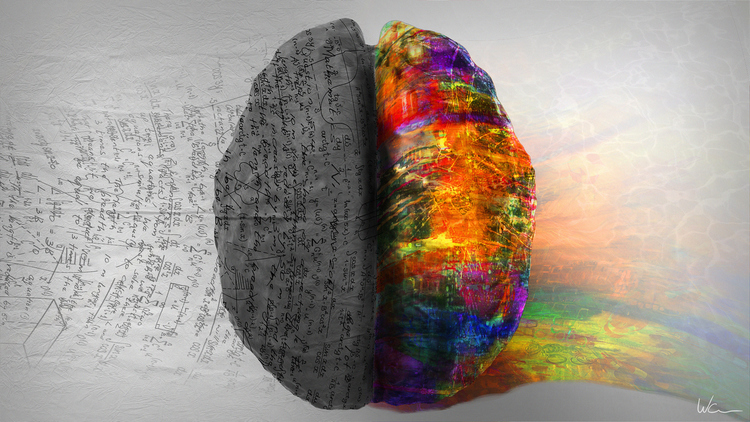
I’ve been exploring anthropological theories suggesting that our species, Homo sapiens, might have prospered primarily through our adoption of agriculture and structured societies3. This transition likely favored left-brain thinking, which is rational, structured, and analytic4. Over time, things like free-play, creativity, and intuition (often associated with the right brain) were sidelined. It’s captivating to consider how these cultural shifts could have shaped our biases around masculine and feminine energy. Even something as simple as left-handedness, which some people link to right-brain dominance, has been stigmatized throughout history. Maybe there was a time when nomadic life called for a balance of both masculine and feminine traits, but as sapiens settled down, we decided one approach was the “right” way and the other got left behind.
When I observe our current society, I notice that imbalance. Capitalism frequently prioritizes profit over people, often sidelining community-focused ideas as though nurturing and empathy are merely naive fantasies. It’s painful to realize that imperialism and colonialism have a long history of stomping out cultures that might have offered a more feminine-centric view of the world. I find myself wondering how different things might look if we made more room for the right-brain approach, if we embraced feminine energy that appreciates the power and strength of collaboration and emotional intelligence.
I’m not saying we should toss out everything the left brain or masculine traits bring us. Structure, logic, and analysis are undoubtedly valuable. However, I envision a society that respects the full spectrum of our capabilities, one that values intuition and creativity as much as it values logic and productivity. I dream of a world that embraces softness, warmth, and the openness to view another person’s experience as equal to our own.
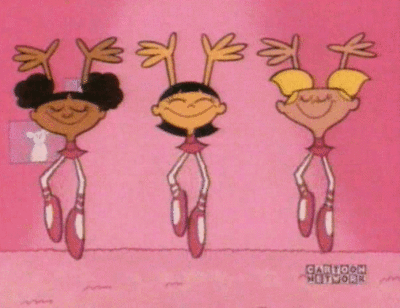
And perhaps this brings us back to the essence of girlhood. Those stories about young women discovering themselves remind me that there is strength in tenderness. There is immense power in relationships grounded in compassion and mutual support. Witnessing these characters advocate for themselves or discover their distinct voices offers a glimpse into what is possible when the feminine is not suppressed but cherished and cultivated.
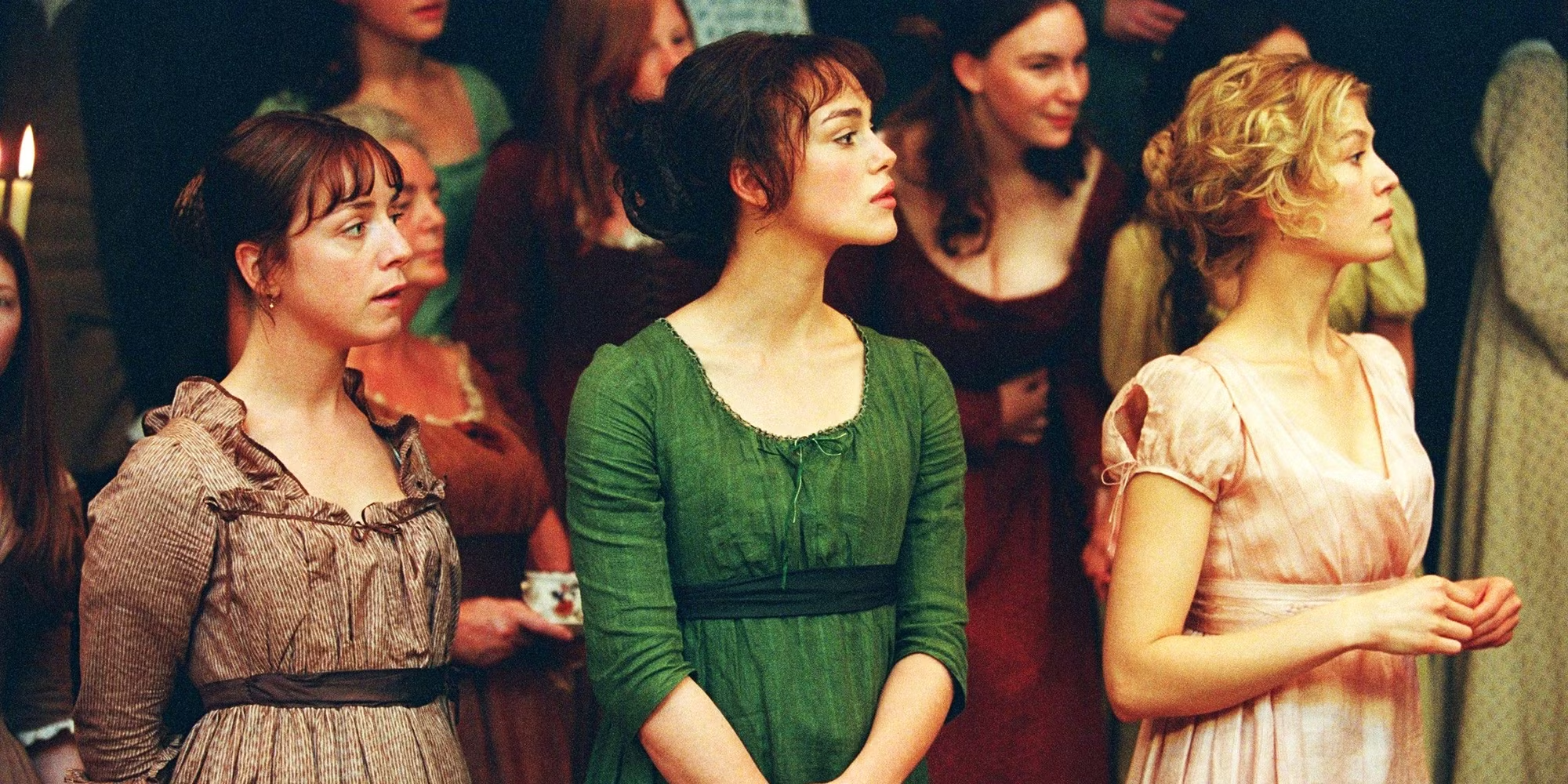 Scene from the movie adaptation of the book, Pride and Prejudice.
Scene from the movie adaptation of the book, Pride and Prejudice.
I’m still navigating through this complex terrain, my thoughts often swirling with big questions and perhaps some nascent theories. Yet, one thing is clear: I deeply yearn for more balance. I often visualize two rivers flowing within each of us, one symbolizing masculine energy and the other, feminine. Together, they nourish the landscapes of our minds and hearts, fostering a rich diversity of insights and expressions. However, when one river is obstructed or runs dry, we begin to lose this precious variety, and with it, the fullness of our potential.
I am committed to honoring both these rivers, not just within myself but also in the world around me. Recognizing and nurturing these energies in my daily life might seem like a modest beginning, but perhaps it is the seed of a broader transformation. A collective movement toward a society where each energy is allowed to flourish. Imagine a world where the currents are strong and the riverbanks are lush with creativity, empathy, structure, and logic, all interwoven and thriving. I hold onto this hope as I carry these thoughts forward, trusting that in time, we will all see the immense value in allowing both rivers to flow freely, enriching us with their combined strengths.
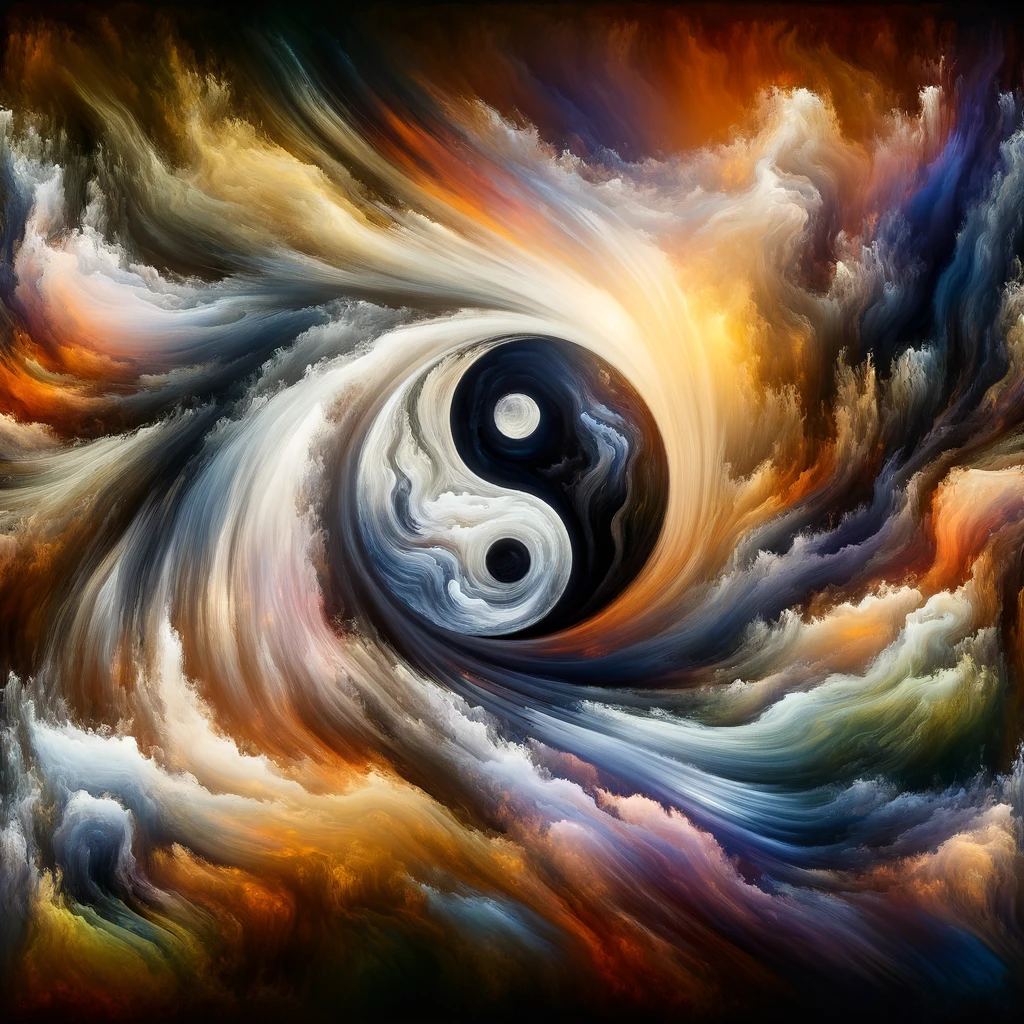
Afterword
This piece springs from the deepest wells of my personal reflections: journal pages filled with my raw emotions and sharp observations about the current state of our society. Over the past years, I have found myself increasingly frustrated with the policies and rhetoric of this current presidential administration, where it seems the forces of femininity are not only suppressed but actively silenced. This suppression is not just about policy but about the very essence of how we value different human traits.
In my diary, I have spilled out my frustrations about how traits traditionally viewed as feminine—empathy, intuition, collaboration—are continually undervalued and dismissed. These are not just personal grievances; they reflect a broader societal issue that affects how we all navigate the world. This thesis is born out of a burning need to address these inequalities and to advocate for a world where these vital traits are not only recognized but revered.
The undercurrent of anger that you detect in this work is real and palpable. It is an anger born of witnessing time and again how invaluable qualities—those that bind us and make us truly humane—are marginalized. This piece is my stand, my declaration, and my hope that by illuminating these issues, we might begin to see a shift towards a more balanced and equitable society.
P.S. A heartfelt shoutout to my homegirls who have drawn out this side of me. I wasn’t always this way; in fact, many of my insecurities stemmed from suppressing these feminine traits to conform to our hypermasculine society. Big cheers to the girlsgirl, who tirelessly uplift other women!!! Remember, our society often tries to pit us against each other, especially women. But the truth is, one person’s growth or success does not diminish your own. There is enough space for all of us to thrive…it’s not a competition.
P.P.S. The post banner image is from kategedz.com

Citations
1. The concept of the "divine feminine," often associated with life-giving qualities like intuition, empathy, and nurturance, extends beyond spiritual meanings to embrace significant social and cultural implications. Feminist theorists such as Riane Eisler in The Chalice and the Blade and bell hooks in "Feminism is for Everybody" discuss how societies and systems that foster partnership, cooperation, and empathy—traits traditionally labeled as feminine—tend to promote greater egalitarianism and can be instrumental in dismantling oppressive structures. Carol Gilligan in "In a Different Voice" emphasizes the often-underappreciated value of relational thinking and care-based ethics, while Audre Lorde champions the reclamation of emotional and erotic power as crucial for personal and societal transformation. These perspectives collectively assert that "divine feminine" traits are essential for recognizing and appreciating the empathetic, intuitive, and community-oriented aspects of human life that have historically been overlooked or devalued.
2. In much the same way that “feminine” qualities have been culturally codified, feminist theorists have examined how “masculine” energy—associated with traits like assertiveness, leadership, and rationality—evolves within patriarchal structures. In R.W. Connell’s Masculinities, Connell discusses how certain forms of “hegemonic masculinity” hinge on dominance and control, but also clarifies that multiple “masculinities” exist across cultures, not all of which rely on oppression. bell hooks, in The Will to Change: Men, Masculinity, and Love, explores how men can embrace strength and accountability without succumbing to the aggression or emotional stoicism that patriarchy often demands. From this viewpoint, “masculine” traits can serve the collective good when guided by empathy and responsibility. Feminist discussions of masculine energy, therefore, emphasize decoupling positive qualities—like courage, focus, and reason—from systemic power imbalances, striving to integrate them harmoniously alongside “feminine” traits of care, empathy, and creativity.
3. "Sapiens: A Brief History of Humankind" by Yuval Noah Harari - This book discusses the impact of agriculture on human societies and the development of structured social orders, providing a backdrop to the shift toward left-brain thinking.
4. "The Master and His Emissary" by Iain McGilchrist explores the profound impact of the brain's two hemispheres on Western culture and society. McGilchrist posits that the left hemisphere—logical, analytical, and detail-oriented—has historically dominated, emphasizing scientific rationality and mechanization. This has overshadowed the intuitive, holistic, and empathetic right hemisphere, leading to a cultural devaluation of more relational and compassionate ways of thinking. McGilchrist argues that this imbalance has shaped Western civilization’s progression and contributed to its crises, using examples from philosophy, literature, and the arts to advocate for a rebalancing that appreciates the contributions of both cerebral hemispheres to human culture and understanding.